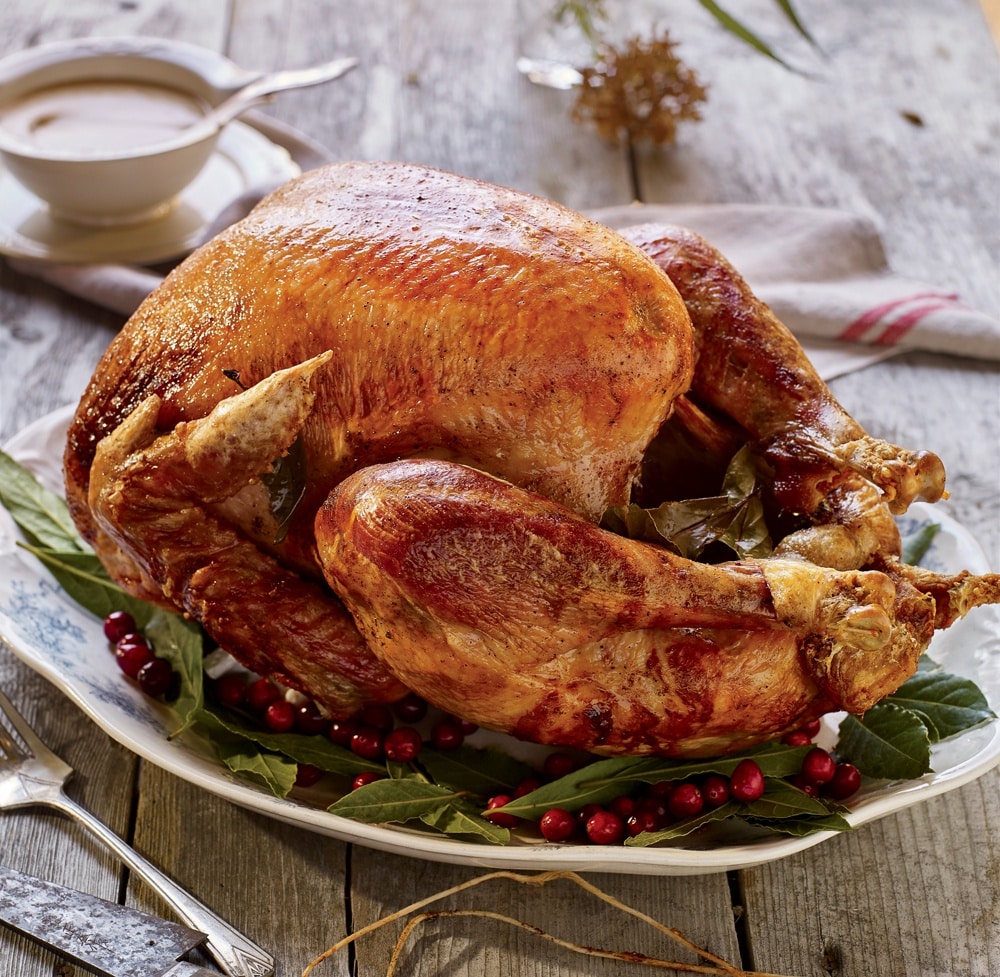Cooking Advice
What Is Brining a Turkey?
Just what is brining a turkey? If you want to ensure a plump, tasty bird, brining is your foolproof solution.

Coffee By Design | Portland, Maine
Photo Credit : Katherine KeenanJust what is brining a turkey? If you want to ensure a plump, tasty bird, brining is your foolproof solution.

Coffee By Design | Portland, Maine
Photo Credit : Katherine Keenan
You noted several recipes for brining, where can i find them?
If you click on the link in the paragraph that mentions recipes (in red text) it will take you to the recipe.
People who need to monitor their sodium intake (such as those with kidney problems or high blood pressure) should think twice before deciding to brine the turkey. The salt water solution that makes the bird so “juicy” also adds quite a bit of sodium to the meat.